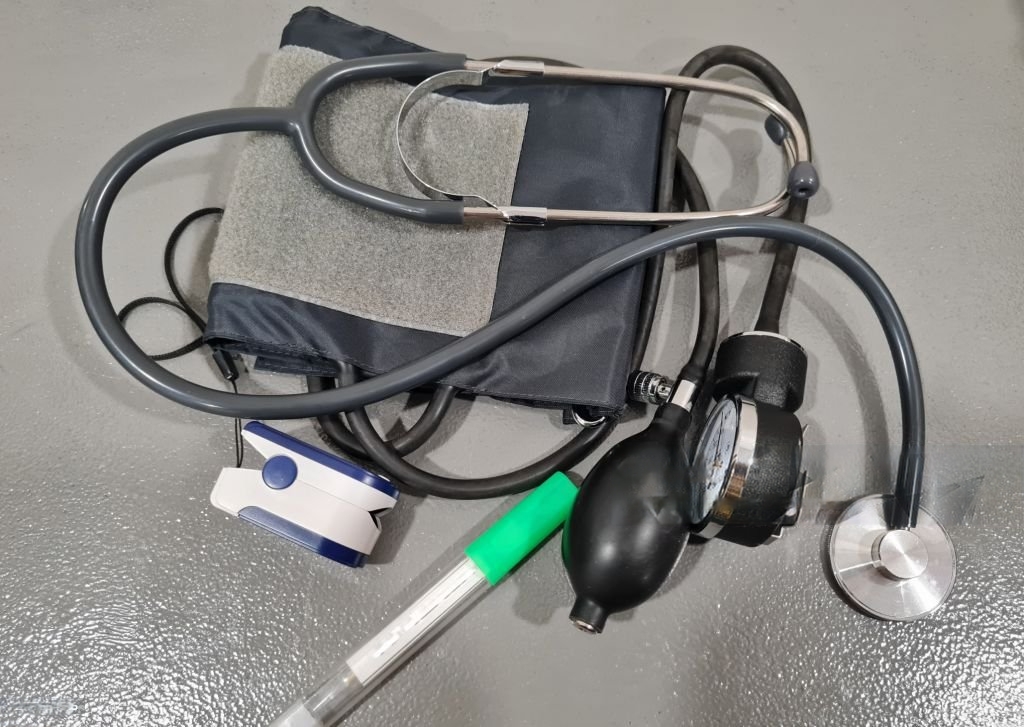How to Choose the Right Medical Equipment for Home Care: A Complete Guide
Providing medical care at home requires selecting the right equipment to ensure safety, comfort, and effective treatment. With numerous options available, making the right choice can be overwhelming. This guide will help you navigate the process with ease.
1. Assess the Patient’s Needs
Before purchasing medical equipment, it is essential to evaluate the specific needs of the patient. Consult with healthcare professionals to determine the necessary devices and tools required for their care.
2. Consider the Quality and Safety Standards
Medical equipment should meet industry safety standards and certifications. Ensure that the products you choose are from reputable brands that comply with healthcare regulations to guarantee reliability and effectiveness.
3. Prioritize Comfort and Ease of Use
Since home caregivers may not have advanced medical training, selecting user-friendly equipment is crucial. Look for ergonomic designs, intuitive controls, and comfort-enhancing features for both patients and caregivers.
4. Budget and Insurance Coverage
Medical equipment can be costly, so consider your budget and check if insurance covers certain items. Research various suppliers to find cost-effective solutions without compromising on quality.
5. Availability of Maintenance and Support
Choose medical equipment from suppliers who offer proper maintenance, repairs, and customer support. This ensures that any issues can be quickly addressed to maintain seamless patient care.
6. Space and Storage Considerations
Home environments often have limited space, so consider compact and foldable equipment that can be stored easily when not in use.
7. Seek Recommendations and Reviews
Before making a purchase, read customer reviews and seek recommendations from medical professionals or other caregivers. First-hand experiences can provide insights into the best equipment for home care.
Conclusion
Choosing the right medical equipment for home care is essential for effective treatment and patient well-being. By assessing needs, considering safety, budgeting wisely, and ensuring maintenance support, you can make informed decisions that enhance the quality of home healthcare. With careful planning, you can create a safe and comfortable home care environment for your loved ones.





